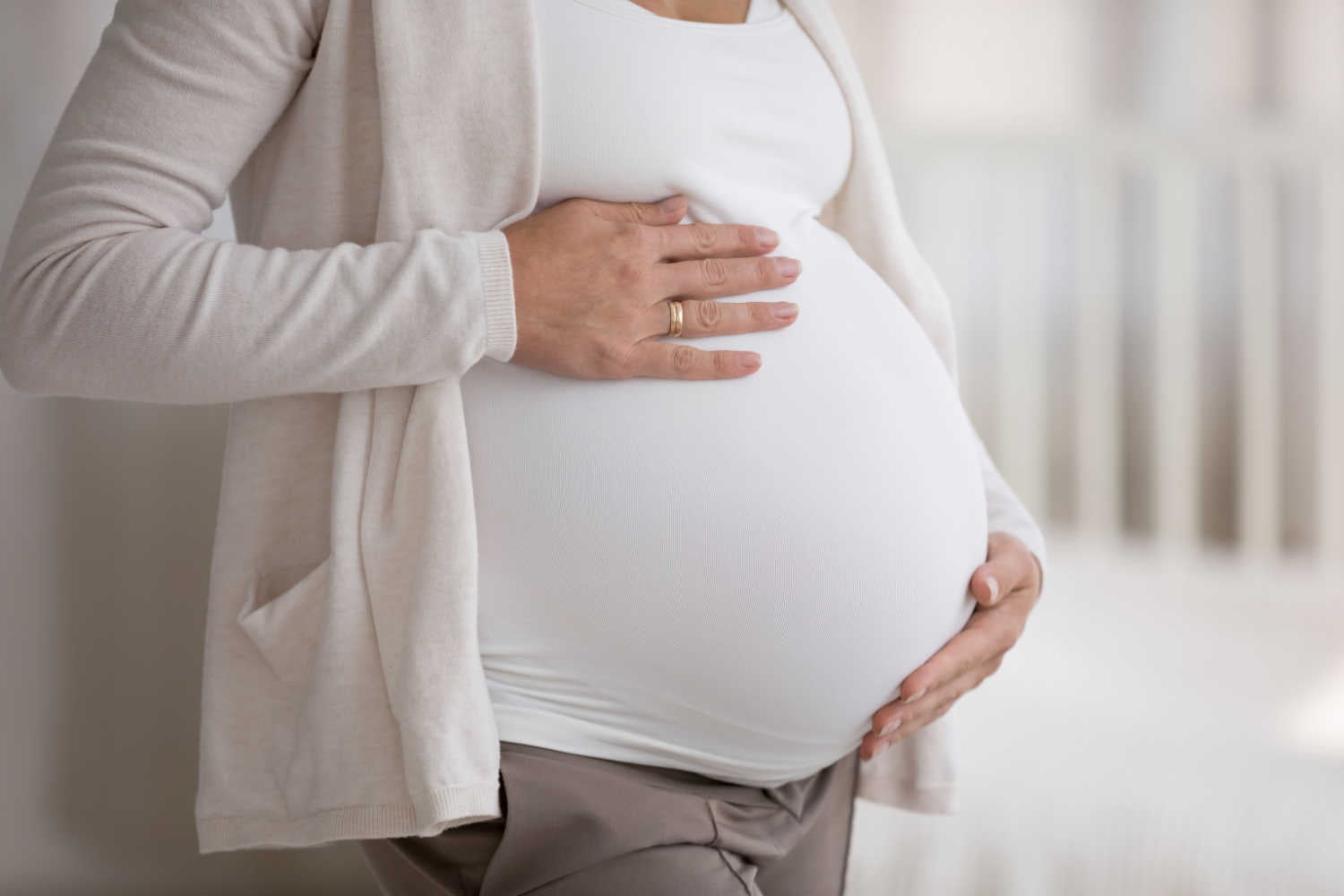A Guide to Entertaining Performances: Where Costumes Take Center Stage
Introduction: Entertainment That Calls for Costumes
In the world of live entertainment, some performances go beyond music and dialogue, transforming into immersive experiences through the use of costumes. Whether on stage, at themed parties, or in community events, costumes help set the mood and transport audiences to different times, places, or fantasy worlds. This article explores the types of entertainment where costumes are essential, how to find and enjoy these experiences, and practical steps for getting involved-either as a participant or a captivated viewer.
Types of Entertainment Where Costumes Are Essential
Costumes play a central role in a variety of entertainment forms, each offering a unique blend of creativity and engagement:
- Theater and Stage Productions: From Broadway musicals to local plays, costumes help actors inhabit their roles and bring stories to life. For example, productions of classics like “The Lion King” or “Phantom of the Opera” are renowned for their elaborate costume designs, which are integral to the storytelling and audience immersion.
- Themed Parties and Masquerades: Costume parties, such as masquerade balls or Halloween events, invite attendees to dress up and take on new personas. These gatherings often feature contests, performances, and social games, making costumes a ticket to full participation.
- LARP (Live Action Role-Playing): LARP events combine theater, improvisation, and gaming, where participants create and act out characters-costumes are mandatory for authenticity and atmosphere. These events can range from fantasy epics to historical reenactments.
- Cosplay and Fandom Conventions: At comic cons and anime expos, fans dress as their favorite characters from movies, games, or comics. Costumes are a core part of the experience, with many conventions hosting competitions or parades.
- Carnivals and Parades: Events like Mardi Gras or cultural parades often feature elaborate costumes as a means of celebration and artistic expression. In these settings, costumes are worn by both performers and participants, creating a visually stunning spectacle.
How to Access and Participate in Costume-Driven Entertainment
To experience entertainment where costumes are worn, consider the following steps:
- Research Local Events: Look for community theater productions, themed parties, or upcoming conventions in your area. Local arts councils, event calendars, and social media platforms can be valuable resources for finding events.
- Purchase Tickets Through Verified Platforms: For major performances, use reputable ticketing platforms such as Ticketmaster ( [1] ) to ensure authenticity and customer support. Always verify the event organizer and venue before purchasing.
- Engage with Community Groups: Many cities have dedicated groups for LARP, cosplay, or historical reenactment. Search for meetups or online forums, such as Meetup.com ( [2] ), to find gatherings and workshops.
- Prepare Your Costume: Depending on the event, costumes can range from simple masks to elaborate, custom-made outfits. Costume rental shops, craft stores, and online marketplaces provide a range of options. If you’re entering a competition, review the event’s guidelines for costume requirements.
- Attend Safely and Respectfully: Always follow event-specific rules regarding costumes, especially those concerning safety (e.g., mask visibility, weapon props). For public events, consider accessibility, weather, and venue restrictions.
Examples and Real-World Case Studies
Many cities host annual events centered around costumes. For example, New York Comic Con draws tens of thousands of attendees each year, many in intricate costumes representing characters from pop culture. The event features panels, contests, and opportunities to interact with creators and celebrities ( [3] ).
Similarly, local theater companies may put on productions where not only actors but the audience are encouraged to dress in theme, enhancing the immersive experience. Community centers and libraries sometimes host murder mystery nights or masquerades, requiring attendees to come in costume for full participation.

Source: storage.googleapis.com
Step-by-Step: Getting Involved in Costume Entertainment
To fully enjoy or participate in costume-driven entertainment, follow this actionable process:
- Identify the type of entertainment you’re interested in, such as theater, LARP, or fandom conventions.
- Check local listings, event websites, or arts organizations for upcoming opportunities. Use verified sites like Ticketmaster for ticketed performances or Meetup for community events.
- If costumes are required, set a budget and timeline for acquiring or creating your outfit. Many events allow rentals or have onsite vendors.
- Register or RSVP as needed, paying close attention to any participation requirements, age limits, or code of conduct.
- Prepare for the event by reading up on etiquette, competition rules (if applicable), and accessibility information.
Potential Challenges and Solutions
One challenge is the cost and complexity of creating or obtaining a costume. Some events offer rental options or second-hand markets, making participation more accessible. For those with limited crafting skills, consider workshops or online tutorials-many conventions host pre-event sessions to help attendees prepare.
Another challenge is inclusivity. Some events have strict costume guidelines, which may not accommodate all body types or abilities. To address this, many event organizers are increasingly providing alternative participation options and clearer accessibility guidelines. Always contact event organizers if you have specific needs or concerns.

Source: techmonitor.ai
Alternative Approaches and Suggestions
If live participation isn’t feasible, consider virtual events or online communities. Many conventions and theater groups now stream performances or host costume contests online. Social media platforms, such as Instagram and TikTok, also feature vibrant communities where users share costume ideas, tutorials, and performance clips.
For those interested in learning more, local libraries and community centers often provide resources or host introductory sessions on costume design and stagecraft. Museums and cultural institutions sometimes offer exhibitions on the history of costumes in entertainment, providing inspiration and context.
Summary and Key Takeaways
Costume-driven entertainment is a dynamic and rewarding way to experience creativity, community, and performance. Whether attending a stage show, joining a themed party, or participating in a cosplay convention, costumes allow both performers and audiences to step into new worlds. By following verified resources, preparing thoughtfully, and embracing the spirit of participation, anyone can become part of the spectacle-no matter their background or experience level.
References
MORE FROM cheerdeal.com













